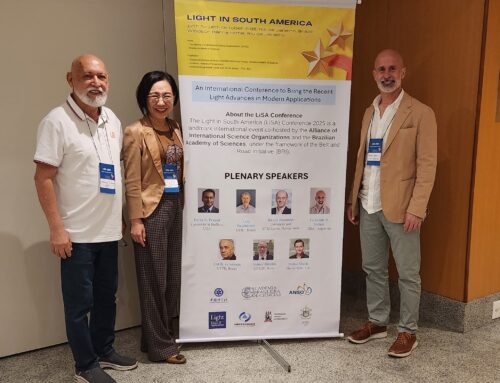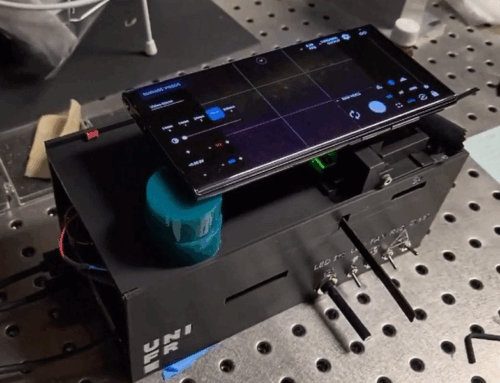Fluorescence nanoscopy, also known as super-resolution microscopy, represented a breakthrough for the life sciences as it delivers 20–30 nm resolution using far-field fluorescence microscopes. This resolution limit is not fundamental but imposed by the limited photostability of fluorophores under ambient conditions. This has motivated the development of a second generation of fluorescence nanoscopy methods that aim to deliver sub-10 nm resolution, reaching the typical size of structural proteins and thus providing true molecular resolution.

In this review, we present common fundamental aspects of these nanoscopies, discuss their current state and future perspectives in view of key experimental factors that are necessary to fully exploit their capabilities, such as label size, set-up stabilization, and detector noise.
- Luciano A. Masullo, Alan M. Szalai, Lucía F. Lopez, Fernando D. Stefani
“Fluorescence nanoscopy at the sub-10 nm scale”



